Fermentation
Definition of Fermentation - It is a process that is energy yielding process of anaerobic oxidation of organic compounds which are carried out by the enzyme action of micro organisms where neither gaseous substances like oxygen are used nor the respiratory chain is used and an organic compound is the final oxidant.
There are many microorganisms such as some number of bacteria, yeast, monocytes like Protozoa etc which derive energy by employing the process of anaerobic respiration in which ETS is not involved and that occurred in higher animals and plants. This particular type of anaerobic respiration is known as fermentation and it is observed in case of microorganisms although due to the similarity in the Pathways the anaerobic respiration of higher animals and plants in sometime casually referred to as fermentation. Actually the term fermentation literally means decomposition of organic compounds into simpler compounds through the agency of enzymes called ferments.
Types of Fermentation - According to the compound that being formed as in product fermentation may be of various types. Among the various types the two are the most common types which are known as alcoholic fermentation and lactic acid fermentation in which eternal and lactic acid are produced respectively.
1. Alcoholic Fermentation - This is a process of anaerobic breakdown or Sugars to ethyl alcohol and carbon dioxide in microorganisms. This process acres principally in East and some other microorganisms where glucose molecule is broken down into two molecules of ethanol and two molecules of carbon dioxide. This process of alcoholic fermentation is almost same as that of anaerobic respiration in higher plants.
In 1857 Louis Pasteur was the first scientist to describe alcoholic fermentation in yeast. The fermentation was noted by him which takes place anaerobically and is sufficient to keep the east shelf life but they could divide only in presence of oxygen that means the east cells ordinarily respire by fermentation but during cell division there is fire aerobically to meet the increased energy needs. Heathen recognise that fermentation can be catalysed by enzymes and his concept was that the fermentation was an enzyme action that is carried out by intact living cells but later in 1897 EduardBuchner succeeded in extracting enzymes from yeast self and he able to show that these extracts could also carry out fermentation independently of the yeast cell. Before that it was believed that a fraction of his cell extract called sinus was responsible for alcoholic formation but now it is known that there is an enzyme call designers was nothing but a mixture of enzymes responsible for glycolysis and conversion of pyruvic acid to ethanol.
2. Homolactic Fermentation - It is also known as lactic acid fermentation. This is a type of fermentation process for anaerobic breakdown of Sugars to lactic acid in microorganisms of occurs.
This process is identical to anaerobic glycolysis which occur in skeletal muscle and in this type of fermentation glucose or any other sugar molecule is degraded 22 molecules of lactic acid as the soul end product. As we know that during souring of milk lactic acid fermentation is brought about by certain bacterial enzymes called bacterium lactic acid or lactobacillus and causes conversion of lactose sugar of milk into lactic acid. This is the reason that led to sugar which is a disaccharide is at first hydrolysed into the monosaccharide extra sugar glucose and galactose and these hexose sugar then enter into the anaerobic glycolysis pathway to produce lactic acid.
3. Special type of Fermentation - Special type of fermentation occurs in some bacterial fermentation where butyric acid propionic acid Acetic Acid succinic acid acetone butanol etc are formed as in products and accordingly this processes they are called butyric acid fermentation, propionic acid fermentation, Acetic Acid fermentation etc.
4. Butyric acid Fermentation - This type of fermentation is observed in anaerobic bacteria like bacillus butrycum and clostridium butyricum which are responsible for fermenting Sugars and lactic acid into butyric acid.Butyric acid fermentation also takes place in water which has become rancid means ill smelling or stale.
Å Propionic acid Fermentation - This is a type of fermentation where fermentation occurs by propionic acid bacteria and the product is propionic acid. For this type of fermentation the pyruvic acid that is derived from sugar is reduced to propionic acid. Example are propionibacterium. This type of fermentation takes place in the formation of Swiss cheese.
Å Acetic acid Fermentation - This is a special type of fermentation where it is brought about by Acetic Acid bacteria and this bacteria utilise atmospheric Oxygen and oxidize eternal or hydraulic acid into acetic acid.Example of this fermentation areAcetobacter aceti and Acetobacter xylinum.
In the fermentation process glucose is the chief substrate however other carbohydrates, amino acids and fatty acids may be used as substrates. Pyruvic acid is the key intermediate of carbohydrate fermentation in which the initial stage frequently but not always followed the scheme of glycolysis. Homeo fermentation process is a type of fermentation for lactic acid is the soul in product and in contrast to this most bacteria produce several in products mentioned above but single species can produce all these products for us.Heterofermentative Bacteria is a type of fermentation process for bacteria are grouped on the basis of their products of fermentation such as lactic acid and group propionic acid group etc which depend on the major product. Where as heater electric or mixed lactic acid fermentation in which one molecule of each lactic acid ethanol and carbon dioxide are produced from each molecule of glucose.
As living organisms first arose in an atmosphere lacking oxygen and aerobic fermentation is the most primitive type of biological mechanism for obtaining energy from the nutrient molecules. Higher aerobic organisms may it fall from anaerobic organisms and heat retained the fermentation pathway for anaerobic degradation of glucose to pyruvate by the process called glycolysis. This being able to utilise oxygen the aerobic organisms have developed additional mechanisms that can complete the entire reaction of pyruvate to carbon dioxide and water.
Before it was believed by some people wrongly that fermentation was an extracellular process that catalyzed by the enzymes secreted by the microorganisms into the medium but now it is known to everyone that fermentation of cells occur intracellularly so that the microorganisms may derive their energy from it. The organic compounds that formed as in products of fermentation are waste for the microorganisms as these are not categorised by them for that and these products are passed out of the cells into the medium, for which the process of fermentation can continue for relatively longer period than anaerobic respiration in the cells of higher plants and animals. The fermentation is usually and anaerobic process which does not require molecular oxygen but it may occur even in presence of oxygen.
Application of Fermentation - Fermentation are used in different purpose-
* Fermentationn is the process which are used industrially in the Acetic acid in vinegar lactic acid etc.
* Curd can be formed by this process and fermentation of milk sugar means lactose causes lactic acid by lactic acid bacteria.
* Release of carbon dioxide from alcoholic fermentation by the yeast is called Bakery and yeast is added to the flour and water and the mixture is warmed that is escaping carbon dioxide causing the dough to swell and become spongy.
From Fermentation to HOME PAGE
Recent Articles
-
What Is Plasma? | Blood Plasma | Proteins | Nutrients | Cholesterol
Nov 07, 25 10:29 AM
Blood is a mobile fluid which is a connective tissue and is derived from the mesoderm like cell any other connective tissue. Colour of blood is reddish and that flows inside the blood vessels by means… -
Disorders of Respiratory System | Tuberculosis | Pleurisy | Emphysema
Oct 28, 25 11:39 PM
Tuberculosis is very common disease and is caused by a type of bacteria called Mycobacterium tuberculosis. This disease causes different trouble in the respiration and infection of several parts of th… -
Regulation of Respiration | Respiratory Centres | Inspiratory Area |
Oct 14, 25 12:13 AM
Respiratory Centre is the area that controls the rate of respiration and it is observed to be located in medulla oblongata and pons. Respiratory Centre has the following will dispersed components like… -
Explain Transport of Gases | External Respiration | Tissue Respiration
Oct 09, 25 11:35 PM
In humans gaseous exchange is completed in the following ways the steps are - External Respiration or Breathing - Breathing in false taking in of Oxygen and giving out of carbon dioxide in the body. M… -
Kind and Number of Teeth | Location of Teeth in Mouth | Care of Teeth
Sep 11, 25 12:52 AM
Kind and Number of Teeth
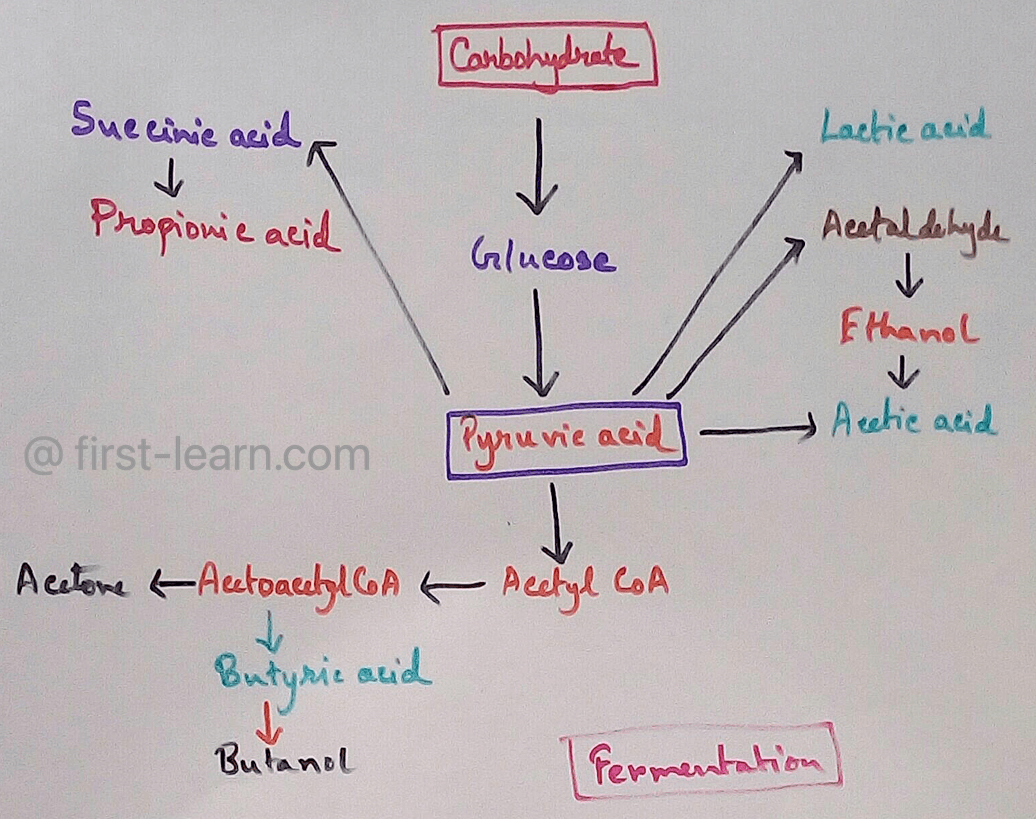
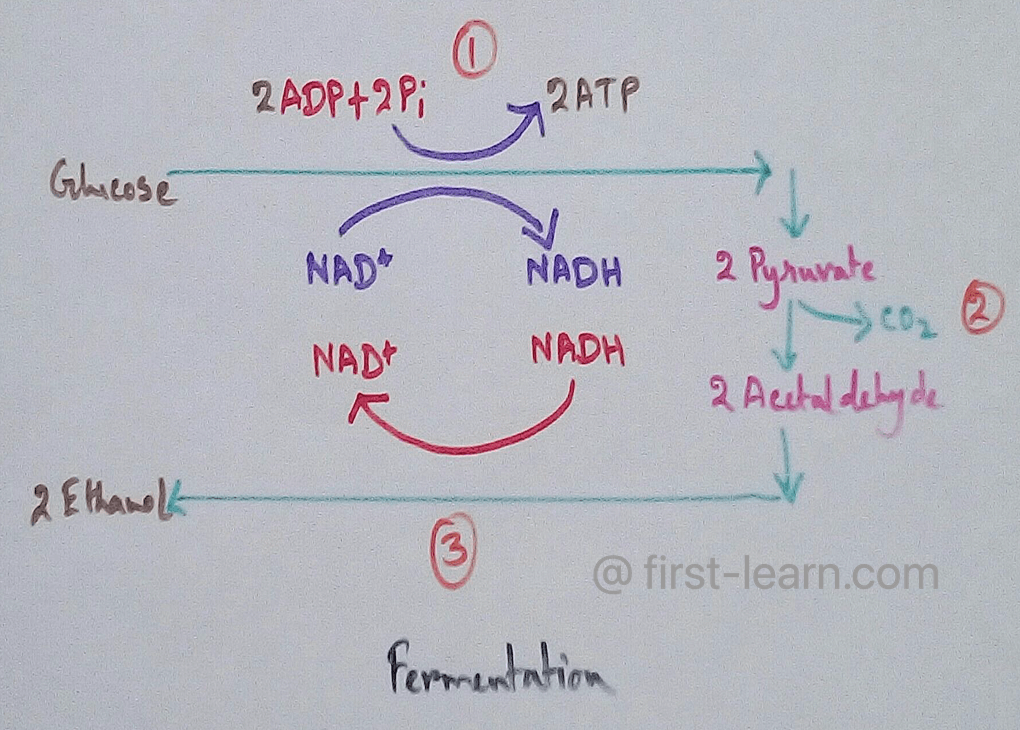
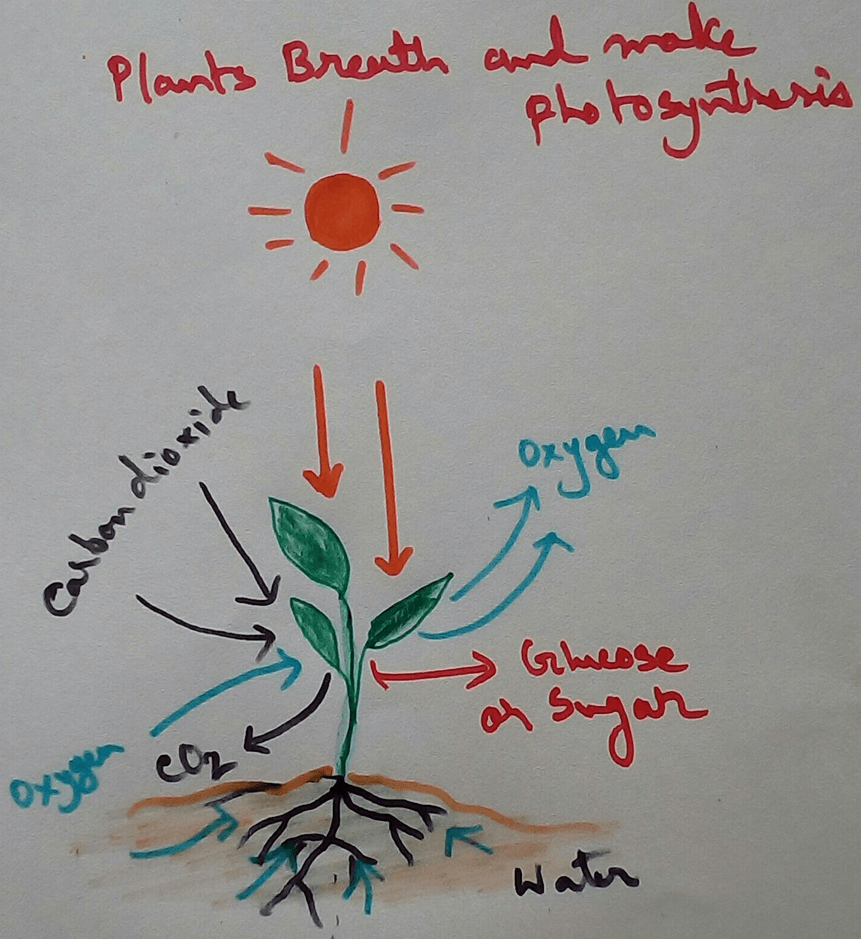
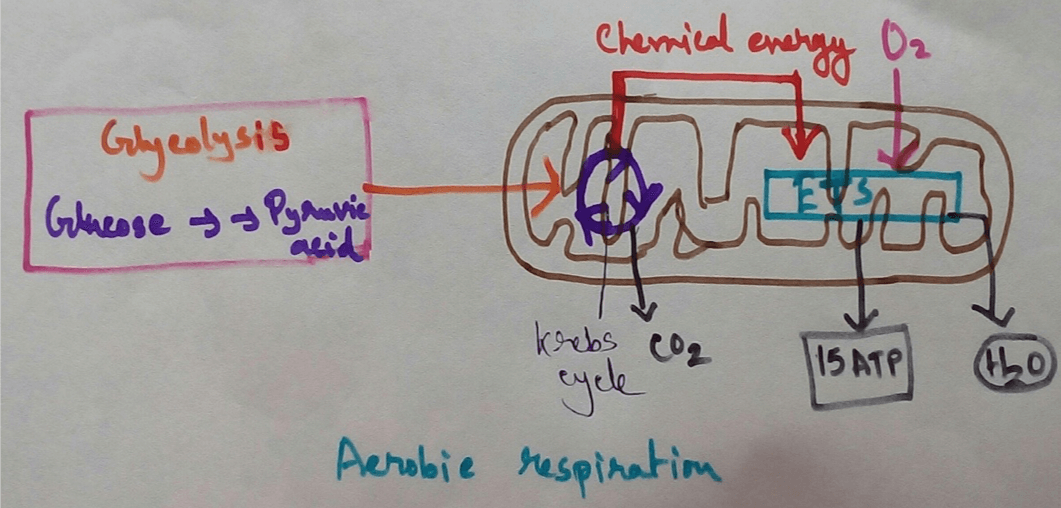
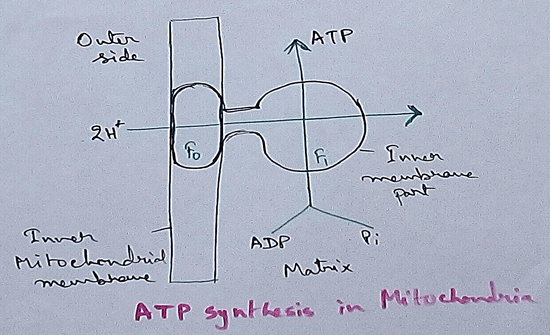


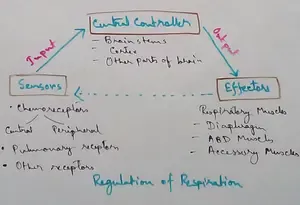
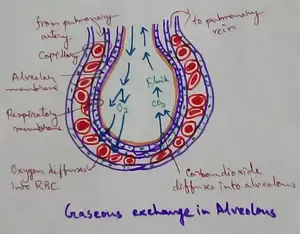

New! Comments
Have your say about what you just read! Leave me a comment in the box below.